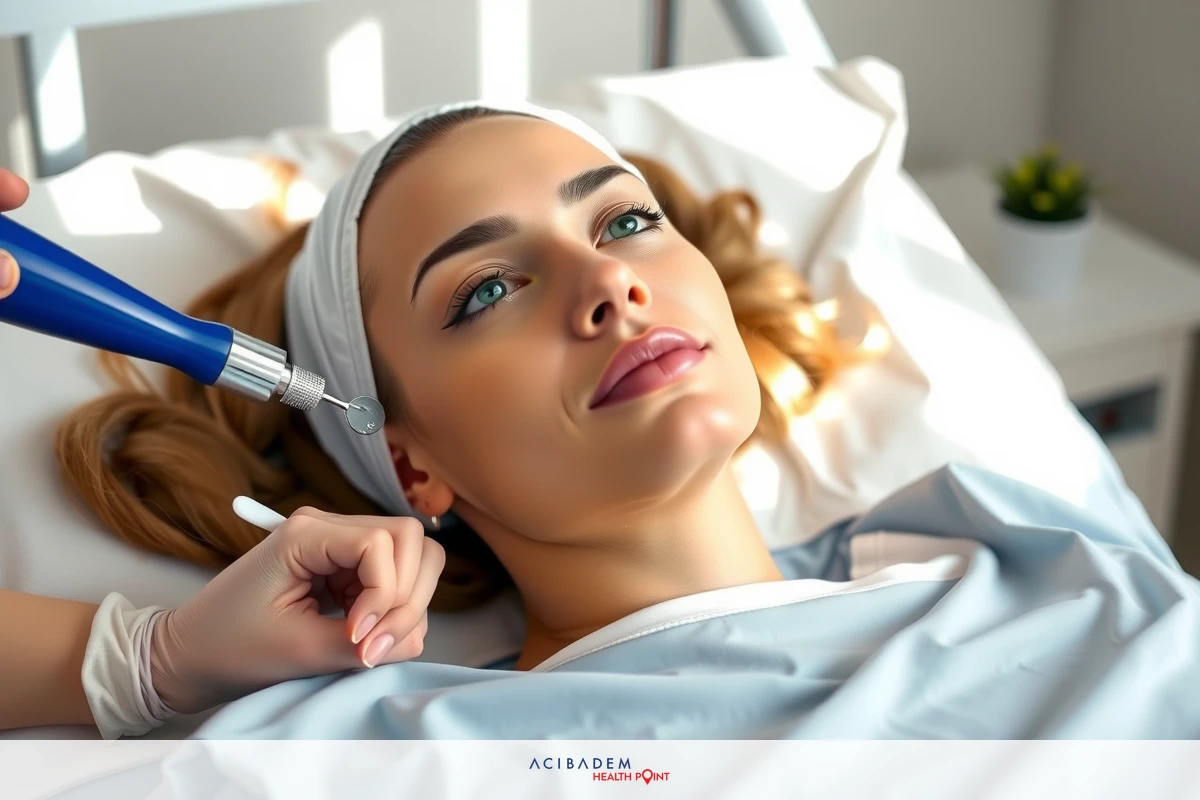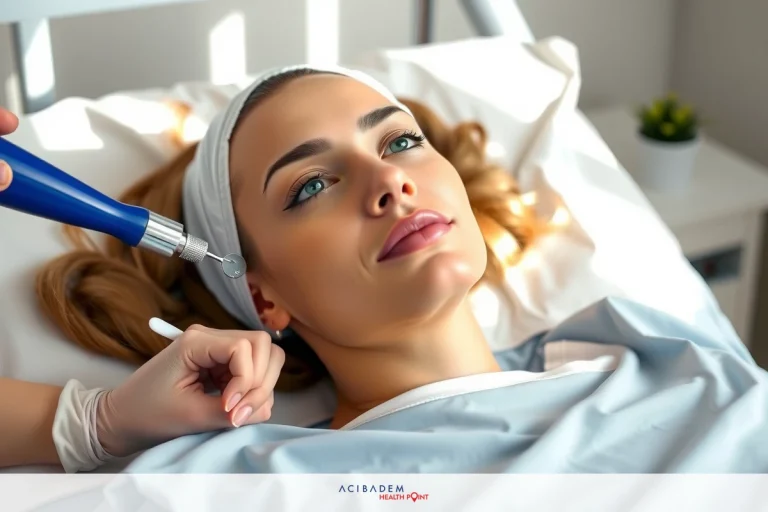When Can I Use a Pore Strip After Rhinoplasty
When Can I Use a Pore Strip After Rhinoplasty Rhinoplasty, reshaping the nose, shifts more than just skin and bone. It also transforms how we approach skincare in the recovery phase. Post-operative care is crucial to the healing process and can directly impact results. The use of pore strips might seem inconsequential but it’s worth considering its effect on your delicate post-surgery skin.
Timing is key when incorporating pore strips back into your routine after rhinoplasty surgery. Doing so prematurely could result in irritation or damage to the healing tissue. Patience certainly pays off here as rushing through recovery stages may prolong overall healing time.
Alternatives exist if you’re eager to maintain clear pores during this period without using pore strips. Gentle cleansing techniques can be beneficial for not only maintaining cleanliness but promoting healthy skin rejuvenation too.
Post-Operative Skincare
Rhinoplasty surgery is more than merely a cosmetic procedure. It’s a transformative journey that requires careful nurturing and attention to your skin during the recovery phase. The emphasis on post-operative care cannot be understated as it plays an integral role in facilitating the healing process and ensuring optimal results.
Your post-rhinoplasty skincare regimen should be gentle, yet effective. Steer clear of harsh products or treatments like pore strips that could potentially irritate or damage the healing tissue. Instead, focus on maintaining cleanliness with a mild cleanser, moisturizing regularly to keep your skin hydrated, and protecting your nose from sun exposure which can lead to pigmentation issues.
As you navigate through this sensitive period in your rhinoplasty recovery journey, it might also be beneficial to seek professional advice for tailored skincare solutions. Dermatologists or aestheticians familiar with post-surgical care can provide personalized recommendations based on individual needs and concerns.
Remember that patience is imperative during this time; rushing back into old routines without giving proper consideration to new circumstances may prolong overall healing time or even compromise results. Ultimately, prioritizing responsible skincare behavior will help ensure not only healthy recovery but also long-lasting satisfaction with your rhinoplasty outcome.
Timing for Using Pore Strips
In the aftermath of rhinoplasty, you may find yourself eager to return to your presurgery skincare routine. However, it’s crucial to remember that post-operative skin requires a delicate approach and patience. Among many considerations is when precisely it will be safe again to use pore strips.
Pore strips are popular tools in skincare routines for their ability to remove blackheads and unclog pores. Yet, after a procedure as significant as rhinoplasty, they pose potential risks if used too soon during recovery. The adhesive nature of pore strips can cause undue stress on healing tissue or even disrupt the surgical site upon removal.
The exact timeline varies from person-to-person based on individual healing rates and doctor recommendations. Generally speaking though, it’s advisable to wait at least several weeks before reintroducing pore strips into your skincare routine following rhinoplasty surgery.
Patience is pivotal during this period; rushing back into old habits without giving proper heed could prolong overall healing time or even compromise results. So while waiting might seem tedious now, taking these

precautions with your post-operative care ensures that you’re setting yourself up for success and long-lasting satisfaction with your new look.
Alternatives to Pore Strips
During the recovery period following rhinoplasty, skincare routines undergo necessary adjustments. One of these changes often involves temporarily setting aside pore strips to allow for proper healing and avoid potential irritation. But that doesn’t mean you have to compromise on maintaining clear pores. Several alternatives can effectively help keep your skin clean without posing any risk.
Gentle Cleansing: Opt for a mild facial cleanser designed for sensitive skin. It will effectively remove dirt and excess oil without over-drying or irritating your skin.
Hydration: Keeping your skin adequately hydrated can prevent clogged pores by balancing natural oil production.
Non-comedogenic Products: These are specifically formulated not to block pores, making them an excellent choice during the post-rhinoplasty phase.
Steam Facials: A gentle steam bath opens up your pores and helps cleanse them deeply, providing similar benefits to pore strips but in a safer manner.
Remember, every individual’s recovery timeline is unique after undergoing rhinoplasty surgery, so it’s crucial always to consult with healthcare professionals before introducing new elements into skincare routines during this time. This cautious approach will ensure effective post-operative care while also paving the way for satisfactory results from the procedure.
When Can I Use a Pore Strip After Rhinoplasty: Frequently Asked Questions
What is the general timeline for recovery after rhinoplasty?
While it varies from person to person, most people can expect significant healing within two weeks. However, complete recovery often takes up to a year.
Can I use pore strips right after my surgery?
No. Using pore strips too soon may risk irritation or even damage to your sensitive post-surgery skin. It's recommended you wait at least several weeks before incorporating them back into your routine.
Is there any harm in going out in the sun following my rhinoplasty procedure?
Yes, exposure to sunlight following this type of surgery can lead to hyperpigmentation and adversely affect the healing process. Be sure to protect your nose with high SPF sunscreen when stepping outdoors.
Are there skincare products I should avoid during my recovery period?
You should avoid using harsh skincare products such as exfoliants or those that contain retinoids as they could irritate or dry out your skin post-surgery. Remember that every individual's situation and needs are unique; always consult healthcare professionals for personalized advice regarding skincare routines during the post-rhinoplasty phase.











